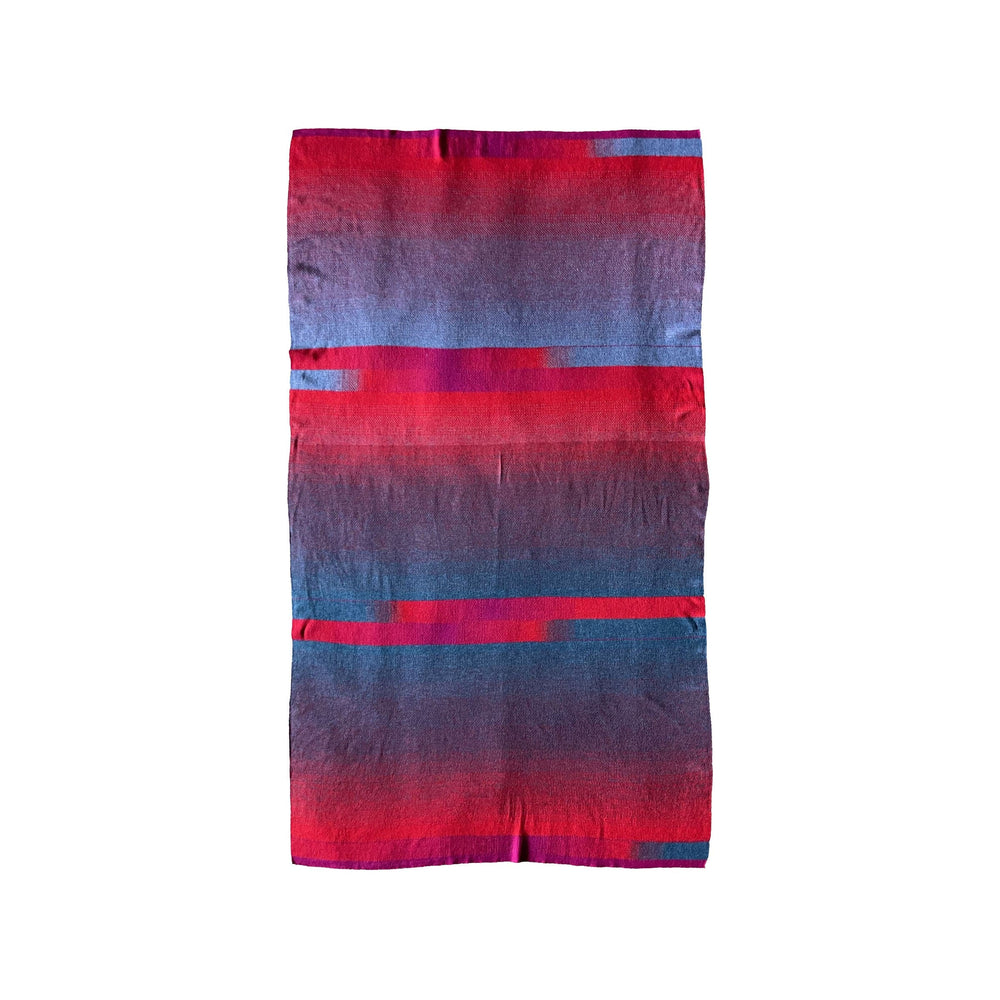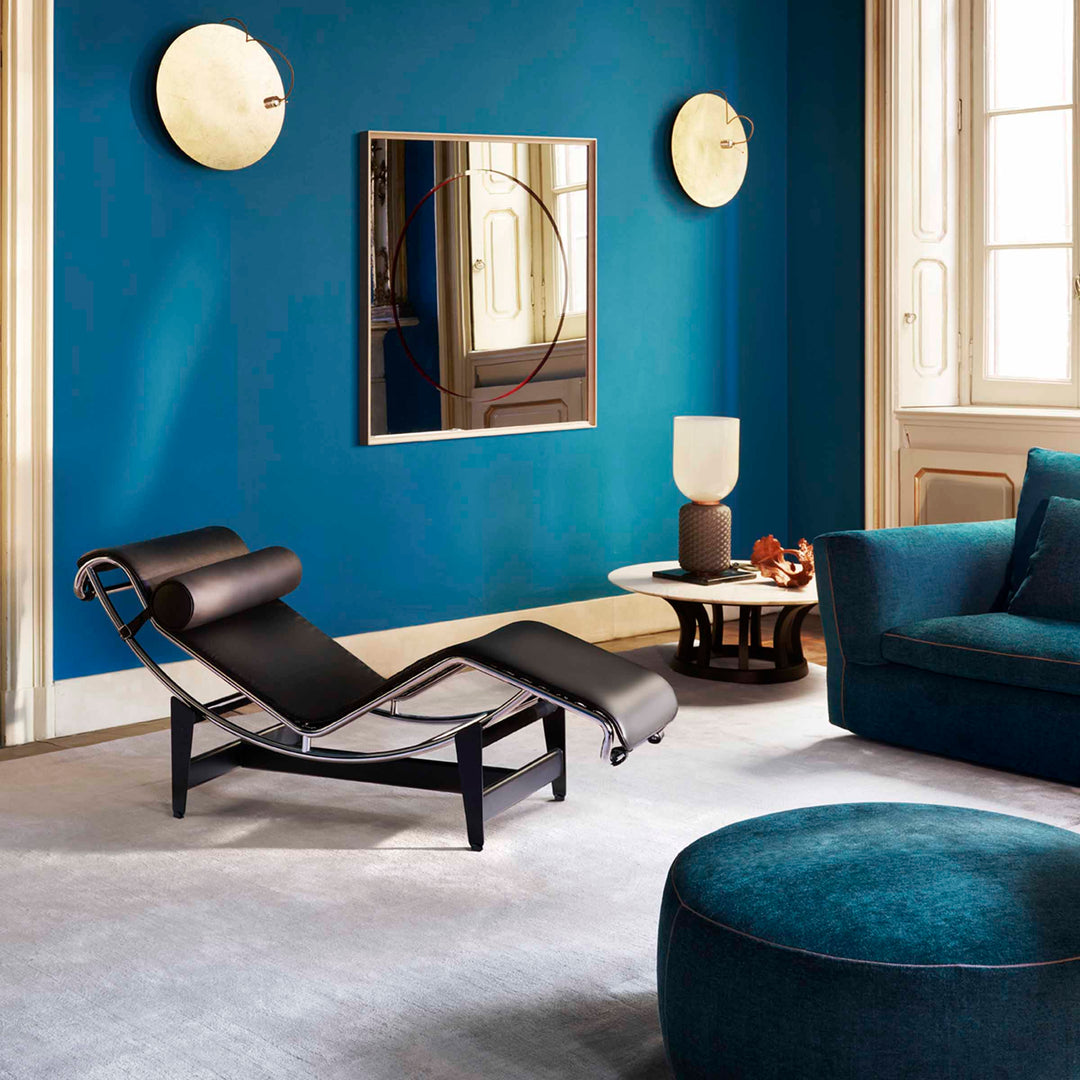2018 DESIGN REPORT
Symbola and Deloitte Foundation
With 30 thousand companies active in Design, Italy is first among the great European economies. 1 out of 6 employees in the EU is Italian, third among the five big EU companies for turnover with 3.8 billion euros.
Italian companies that in 2018 made investments in Design and green economy to overcome the crisis and face the future are more competitive, their turnover increased, and they export and hire more.
THE DATA OF THE 'DESIGN ECONOMY' REPORT OF THE SYMBOLA AND DELOITTE FOUNDATION.
Design is one of the most solid anti-crisis strategies. The more than 192,446 European design companies, produced a turnover of approximately 25 billion euros in 2017. Of these, almost one in six speaks Italian, because Design is a trademark of Made in Italy and contributes to the attractiveness of our products internationally. Thanks to Design, Made in Italy is today the third best-known brand in the world (after Coca Cola and Visa). In 2017, Symbola launched an observatory on the sector with the 'Design Economy' report. Since 2018, this has been collaborating with Deloitte, presented today at the Milan Triennale in the presence of the Minister of Cultural Heritage and Activities Alberto Bonisoli, by Ermete Realacci president of the Symbola Foundation and Domenico Sturabotti director of the Foundation, Stefano Boeri, president of the Triennale, Pierluigi Brienza AD Deloitte consulting, Claudio Feltrin, president of Assoarredo and Silvia Botti director of Abitare. As the 'Design Economy' report explains, our country maintains a leadership role in Design. Also, in 2017, Italian design companies are the most numerous in the community area.
For the first time, the number of companies exceeds 30 thousand (30,828) offering employment to 50,226 workers. Compared to the previous year, businesses (+ 5.6%), employees (+ 1.9%), and turnover (3.8 billion euros) grew. The latter at a rate higher than the EU average (+ 0.9% vs + 0.6%). Although, this is not enough to bridge the gap with Germany (4.2 billion) and the United Kingdom (6.2 billion), countries in which policymakers have created a whole system of policies to support the dissemination of the culture of Design and its role in innovation processes. This also explains the excessive fragmentation of the Design sector: companies with fewer than two employees still represent 45% of design companies. The dominant role of small and very small companies, however, appears to be progressively decreasing, thanks to the greater dynamism of medium-sized enterprises in the sector. In fact, between 2011 and 2017, companies with at least 50 employees increased their share in the sector, both in terms of employees (from 6.6% to 8.8%) and turnover (from 15.1%). % to 20.7%).
"Made in Italy design - stated the Minister for Cultural Heritage and Activities Alberto Bonisoli - is a prevalent cultural trait of contemporary reality, because in it and of it it designs the forms of material and immaterial culture, using and transforming imaginary, symbolic, knowledge, fruition, interpreting individual and collective desire ". "It is a strategic and transversal resource for our country, - he said - a growing sector of the Italian economy, capable of connecting the world of Design with that of production, training, the trade sector with tourism". "We are talking about the excellence of a sector that represents a strategic resource on which to invest and focus - he added - also with a view to the sustainable development of the country, which by now has global implications. Mibac is working hard on this front. For my part, there is a commitment to creating the first national museum of Italian Design. We are working hard to ensure that we inaugurate it as soon as possible ".
"Design - explains the president of Symbola, Ermete Realacci - is not only linked to aesthetics, but also to the ability to solve complex problems: from the conception of new products to the identification of new markets, up to the search for new meanings. Creativity is the immaterial infrastructure of Made in Italy, it is no coincidence that the culture of Design is stronger where there are companies that are protagonists of Made in Italy. This is authoritatively demonstrated by the Salone del Mobile, the most important international trade fair in the sector, and the Triennale, model and reference point together with the Venice Biennale for over 250 Biennials and Triennials around the world. Design is also strategic for developing a new generation of products that, in the name of beauty, respond to the dictates of the circular economy: efficiency, less use of materials and energy, recyclability, reusability. A fundamental step for an economy capable of facing the great challenge of climate change ".
"We are proud to have participated with conviction in the creation of an essential photograph of the world of Design as a crucial fulcrum to face the future - underlines Pierluigi Brienza, CEO of Deloitte Consulting S.r.l. - We have started a constructive collaboration with the Symbola Foundation to identify tools and strategies to support the virtuous growth of our country and of those production sectors that want to enhance the inescapable progress of the green economy as a critical, evolutionary and value factor ".
TERRITORIAL DISTRIBUTION OF DESIGN COMPANIES
Lombardy, Emilia Romagna and Piedmont the regions on the podium for the production of wealth and design-related employees. In fact, in these three regions reside over 50% of the value-added and of the workers in the sector. Followed by Veneto, Lazio and Tuscany
Italian design companies are concentrated above all where the production of made in Italy is highest, confirming the strategic role that Design plays in the relationship between conception and production.
At the top of the ranking of the Italian provinces by weight of design companies on the national total we find Milan (with an incidence of 11.6%), then Turin (6.5%) and Rome (5.6%), which alone they accommodate more than a quarter of the sector's production base. Then, Florence (2.7%), Bologna and Naples (2.6%), Treviso (2.5%), Vicenza, Modena, Bergamo and Brescia (all 2.4%) and Padua and Como (2.3 %). The province of Fermo ranks first in the ranking for the incidence of design companies on the total of provincial activities, with a value equal to 1.38%. Followed by Como (with a 0.96% share), Modena and Lecco (0.68%), Milan (0.62%), Vicenza (0.60%) and Turin (0.59%). In terms of specialization, therefore, we can observe the territorial overlap between design and manufacturing companies. In the top twenty of the Italian provinces for the incidence of added value and employment of design companies on the national total, Milan ranks first both in terms of value-added (20.5% of the wealth produced by design activities) and in terms of employed (equal to 16.3%). The second position in both rankings for Turin, with an incidence of value added of 7.5% and an incidence of employment of 7.2%; third for Rome, with 6.6% and 6.4% respectively.
DESIGN AND GREEN ECONOMY DRIVER FOR COMPETITIVENESS
From this year on, the Design Economy also reports the results of a survey conducted in 2019 by the Symbola Foundation and Unioncamere dedicated to analyzing the relationship between investments in Design and competitiveness. From the study conducted on a sample of 3,000 manufacturing companies from 5 to 499 employees, representative of a universe of 54,000 companies: those that focus on Design by employing designers directly (through hiring or professional consultancy) or through subcontracting relationships, show performances clearly superior to companies that do not invest in Design. In fact, in "design-oriented" companies, 32.3% declared an increase in the number of employees during 2017 (23.9% for other companies) and over one third said an improvement in turnover and exports. Finally, the role of Design in driving competitiveness appears even more accentuated if we consider the combination with the green economy. Just think how, in the distinction between companies, the advantage in favor of those investing in green technologies, focusing simultaneously on Design, reaches 21 percentage points in terms of employees (42.0% of green and design-oriented companies declare an increase employment, compared to 21.0% of inactive companies on both fronts), 18 points in terms of turnover (46.0% versus 24.0%) and 17 points in relation to exports (44.0% versus 27, 0%).
THE DESIGN TRAINING SYSTEM
In 2017, 7453 design professionals graduated from the 59 training institutes recognized by MIUR. A figure up + 9% compared to 2016. In detail, the specific training institutes are: 17 Universities, 13 Academies of Fine Arts, 14 Legally Recognized Academies, 10 Institutes authorized to issue AFAM qualifications and 5 Higher Institutes for Artistic Industries (ISIA). The regions most active in the training of designers are Lombardy, Lazio and Piedmont. At the single level
Institute, the Politecnico di Milano ranks firmly at the top of the ranking by number of graduates and successfully consolidates the 3rd place in Europe and the 6th in the QS World University Rankings by Subject for Design, first among public universities. Following Nuova Accademia di Belle Arti (NABA) and IED maintain an important role in the training of designers.
Also in this case there is an absolute prevalence of the Milanese city which confirms itself as the capital of Italian and world design.
Source: Symbola Foundation
www.symbola.net/html/press/pressrelease/designeco
















